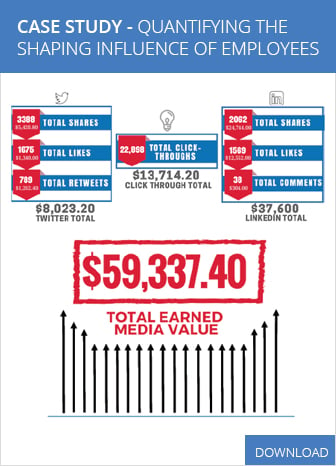Handling Social Complaints: Troll or Not Troll?
Many companies use social media and the Internet to handle customer service complaints.
While this is convenient for consumers – and sometimes customer service departments – it is an equal opportunity for Internet trolls.
Jay Baer, the author of Hug Your Haters and the founder of Convince & Convert, sits down with us to talk about social customer service. More importantly, he touches on the topic of Internet trolls and how to weed them out.
What is an Internet Troll?
An Internet troll is a slang term used to identify a person that shares negative comments, purposely starts arguments, or sets out to upset people. They can post inflammatory and off-topic messages on a company’s social media page, provoke customers, and say derogatory things about that business.
While some “trolls” are obvious, others are not easily identified.
Baer points out how tricky it is to handle Internet trolls.
Not All Negative Complaints Are Internet Trolls
The most important takeaway during Baer’s interview is that a company does not know that a complaint or negative comment came from a troll until they receive their second reply.
Many times a person will leave a nasty remark, says Baer, and they are labeled as a “troll” by the company or other fans on social media. However, a company cannot identify a person as a troll until they at least try to help them, and then demonstrate via that public channel that they have attempted to help, and the person refused their help.
Therefore, Baer says to stay away from the theory that any negative comment means the person is a troll. All too often companies make the mistake of labeling negative comments as “trolls.” By doing so, they ignore their comments and decide not to answer them.
How to Handle Internet Trolls or Exceptionally Nasty Comments Like a Boss
Companies must respond to all negative comments, says Baer. Then, after they have done so, they must apply the FEARS approach.
- Use Guidelines: Give customer service representatives a guide for how to handle upset clients or suspected Internet trolls. There are software solutions that send off an initial response so that companies can assess responses quicker and determine if a commenter is a troll or not.
- Ignore: Once it is clear that the person is an Internet troll, Baer says to follow the rule of FEARS (Find, Empathy, Answer Publicly, Respond Only Twice, Switch Channels). So, on the second response, if it is evident they do not want help, customer service can leave it there and move on.
- Switch if Possible: If it turns out the person is just an upset customer, Baer’s acronym of FEARS guides a company to have that customer switch channels, so that the rest of the answer and solution are done privately.
Bottom Line: Treat All Negatives Alike
Regardless of how nasty a comment is, when a company responds to all negative comments using the same approach, they can weed out the trolls and help those who have genuine issues.
Learn more about social media and online marketing by reviewing the Convince & Convert blog or by purchasing Baer’s book, Hug Your Haters.
Edited by Alicia Young











